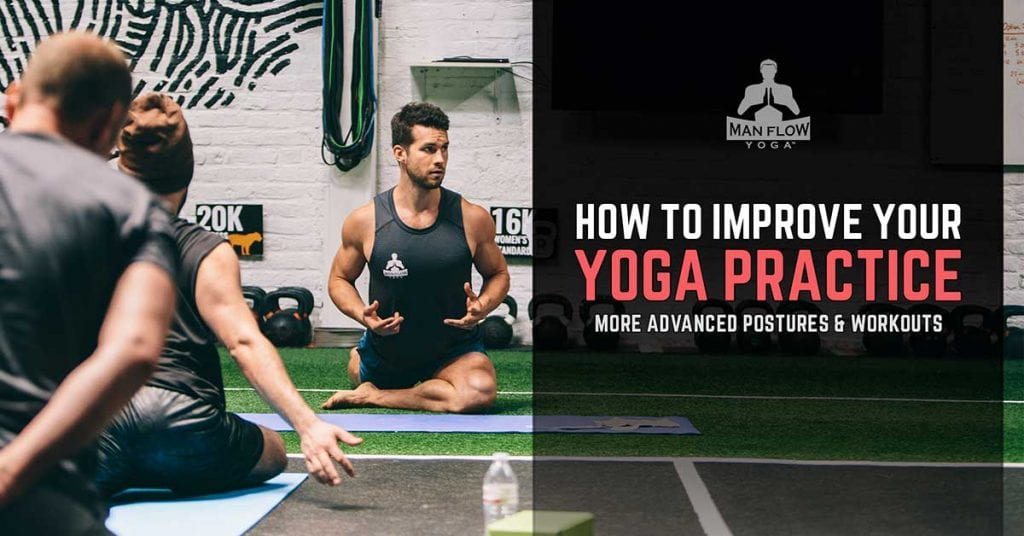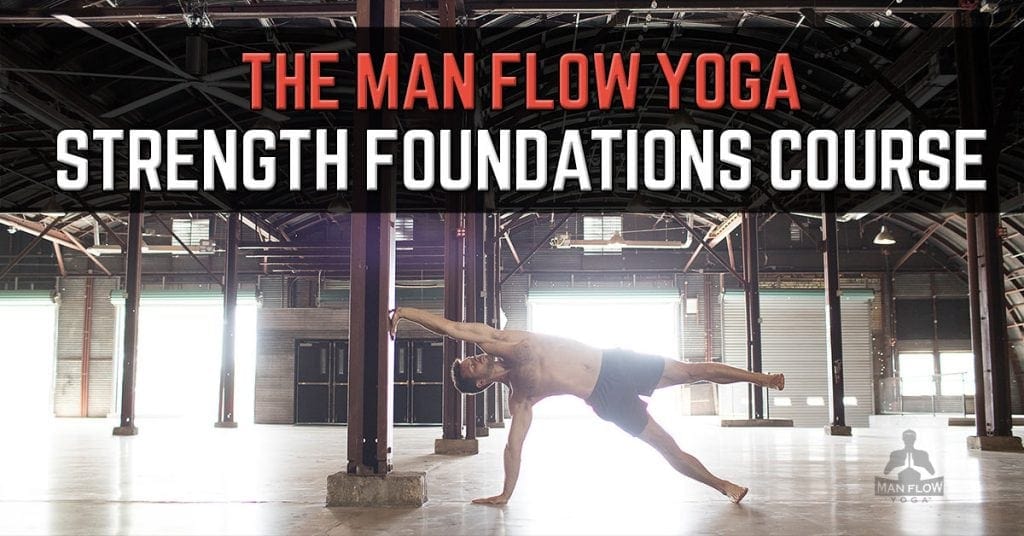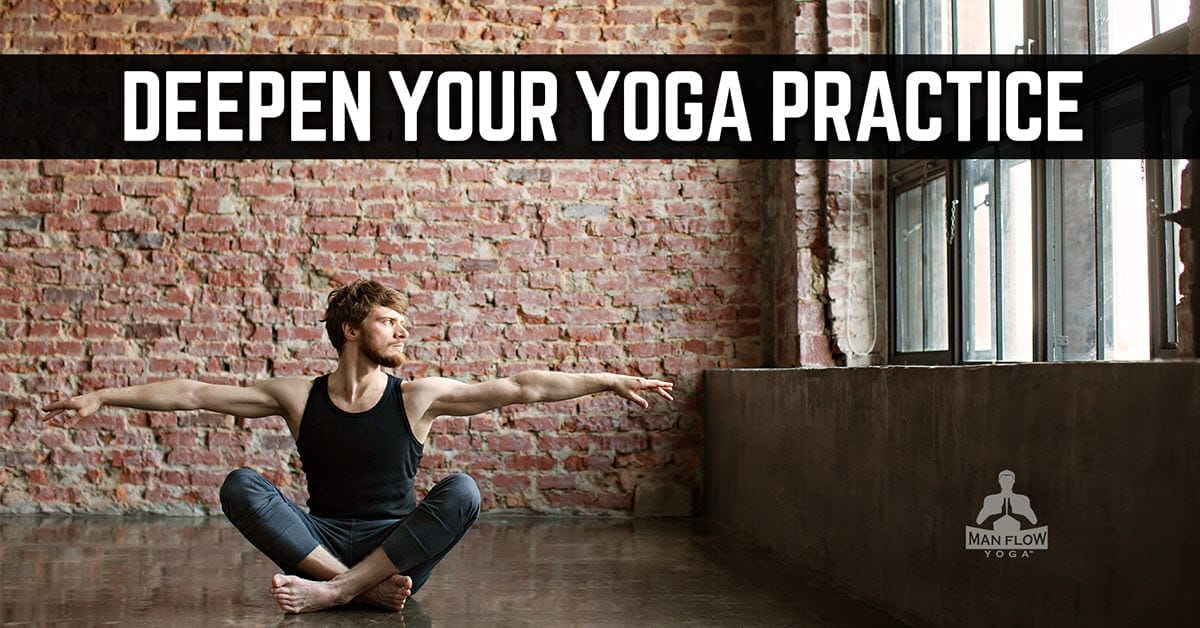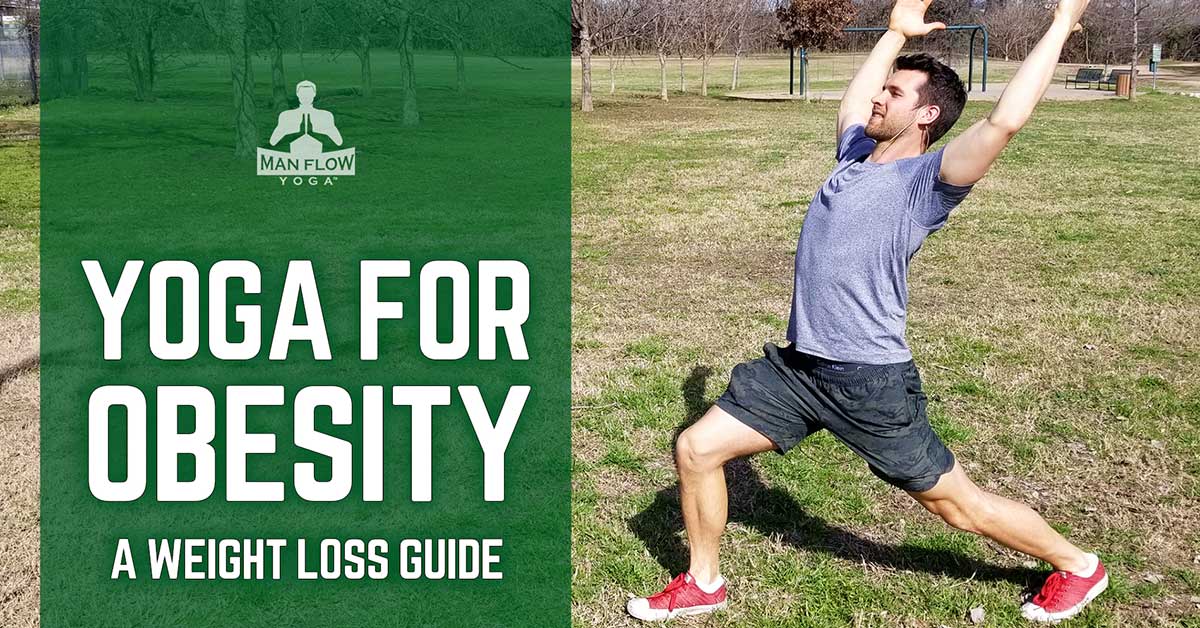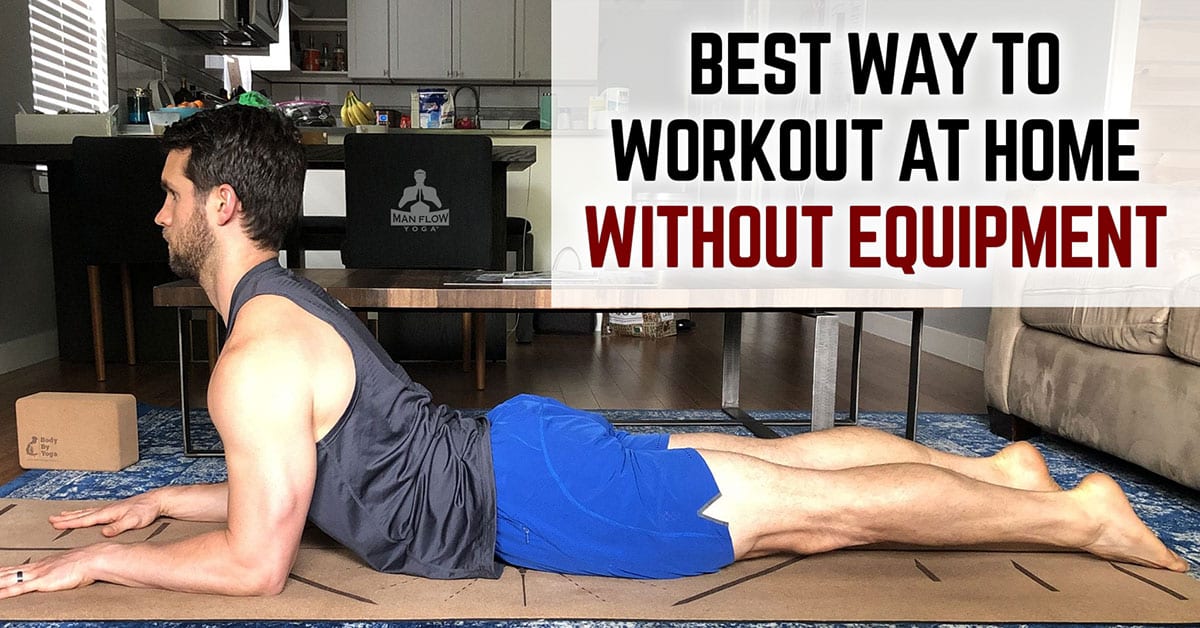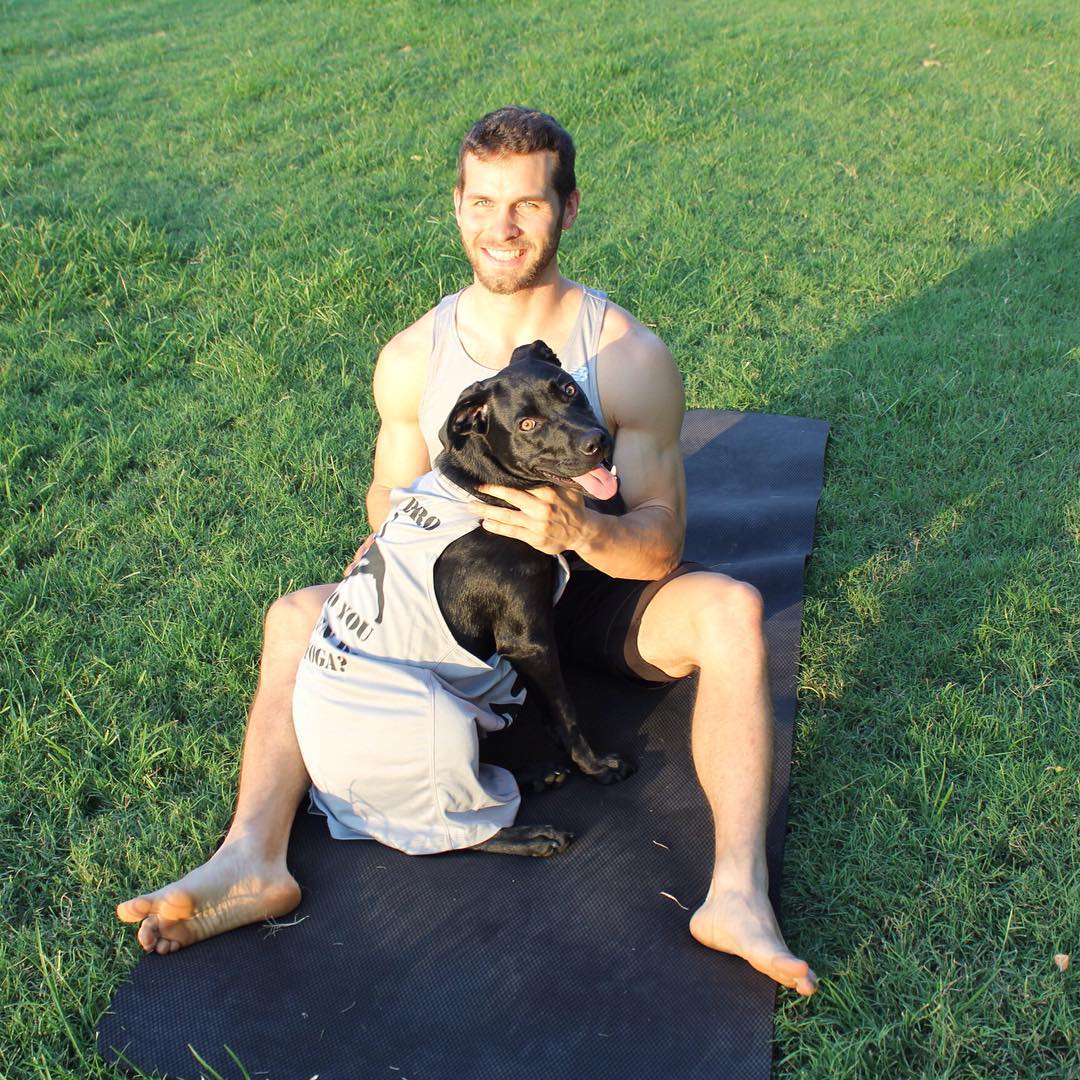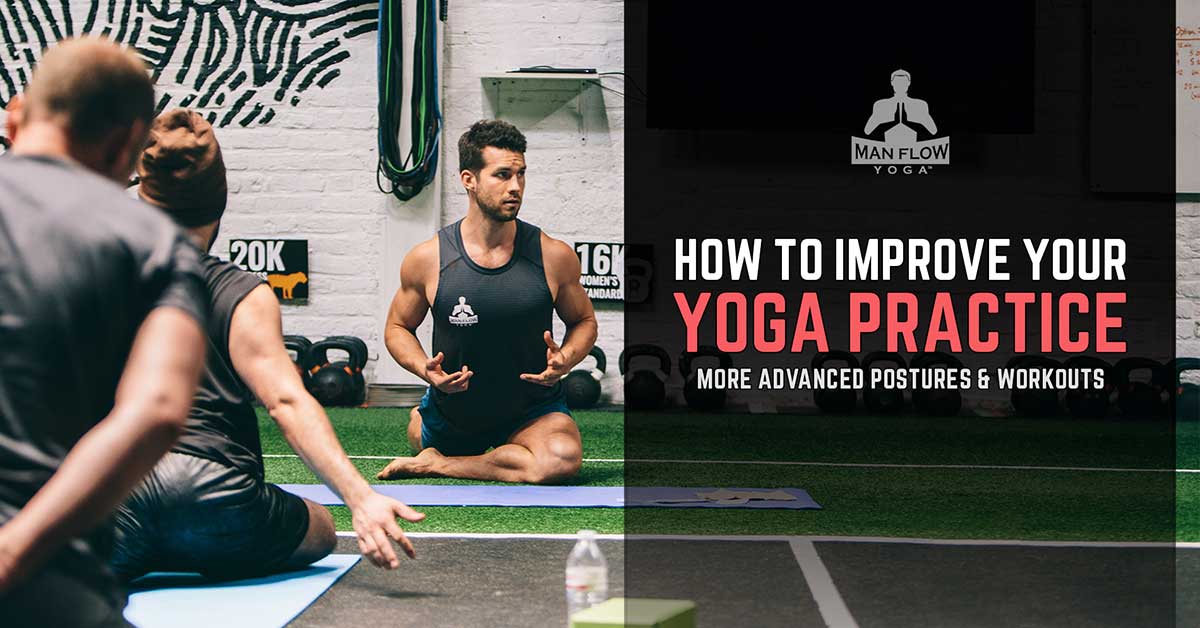Looking to deepen your yoga practice? You need to go deeper into technique (also known as asana, or the third limb of yoga).
Most yoga doesn’t go too far into this aspect of yoga because it’s not what most people want. At a yoga studio, there is an expectation that you can show up, go through the motions, and leave with a sense of satisfaction that you did something good for yourself, while also relieving stress. Too much instruction is a turn off for many, so most yoga instructors, out of fear of alienating this group of attendees, tend to keep instruction to a minimum.
If you’re looking to deepen your practice and learn more about technique, you should find a yoga instructor who helps you focus on: (1) subtle alignment cues to help you get more out of each pose, (2) the proper muscles to activate in each pose, and (3) what you should and should not be feeling. There are also certain methods of constructing yoga sequences that lead to more significant results, such as more strength, increased muscle, and greater flexibility.
In the blog here, I cover:
- Issues of Not Advancing Your Yoga Practice
- Challenges of Deepening Your Yoga Practice
- Improving Your “Asana” Practice & Getting More Significant Results
- MFY Programs That Help
Issues of Not Advancing Your Yoga Practice
- Lack of body composition improvement. Whether you want to build muscle or lose weight, there are many yogis who are unsatisfied with their fitness progress. Maybe you’ve been doing yoga for a few months now and haven’t noticed as much weight loss as you’d like, or maybe you’ve been doing yoga for a couple of years now and have noticed that you’re getting a bit bigger. Whatever the case, if your yoga workouts aren’t seriously challenging you and exposing you to something new, you aren’t going to notice significant results in the mirror.
- Recurring injuries. Yoga involves repetitive movements, and if we keep doing the same movements over and over again without focusing on technique, eventually something in your body will break down. In yogis, this commonly appears as low-back pain or injuries and shoulder pain or injuries. It’s important to correct this by focusing on developing the proper movement patterns, and exposing yourself to new variations of postures or other exercises entirely.
- Lacking ability for advanced postures. If your goal is to do handstands, you’re not going to get there by kicking up against a wall for 2 minutes at the end of your yoga session. Doing more advanced postures involves a different kind of training, and you won’t get there if you’re not actively learning new things or concentrating on the non-yoga exercises you need to do to build the required strength.
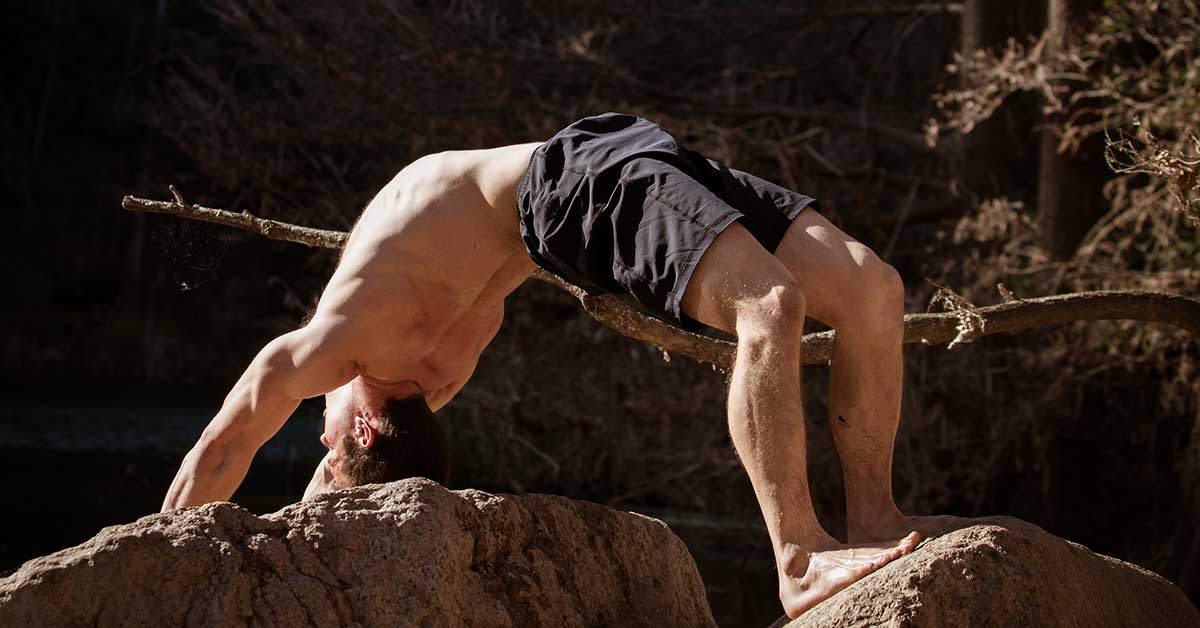
Challenges of Deepening Your Yoga Practice
- Not enough focus on technique. Many yoga instructors simply don’t go into detail when it comes to technique. They give you one or two cues, but then end it at that. They may also focus on aspects of yoga other than technique. To really understand the technique, you have to go into the finer nuances; understanding the small tweaks that lead to big improvements. This also requires a greater understanding of anatomy and fitness itself on the part of the instructor, which many yoga instructors don’t have.
- Not enough focus on active mobility (vs. passive flexibility). Typical yoga does a great job of focusing on passive flexibility, but doesn’t focus on building active mobility. The difference is having strength AND flexibility (active mobility), or just passive flexibility on its own. Mobility builds strength, while flexibility improves muscle laxity. Having flexibility is step one, but it’s important to build strength within flexibility for you to be as strong as you can.
- Flows move too quickly. Most yoga flows are too fast. You don’t get the time to focus on really noticing what’s going on in your body, and you don’t hold the poses long enough to really build strength and improve your flexibility. This also means you don’t focus enough on developing proper movement patterns, which leads to common yoga injuries, particularly in your shoulders and lower-back.
- Repetitive, predictable flows that don’t challenge the body. If you do the same thing over and over again, your body stops getting stronger. You only get stronger when you do new things, or practice existing postures in different ways. If you’re doing yoga and simply “going through the motions”, you’re not getting stronger, and you’re not improving your asana practice. It takes focused attention and exposure to new aspects of movement in order to get stronger. If you’re not learning something from your yoga classes, you’re missing out.
- Not supplementing your yoga workouts with the proper exercises. Yoga is a great workout, but there are certain movements that it lacks. There are two motions in particular that you should be doing to prevent common aches, pains and injuries experienced by people with yoga-only routines:
- Pulling Motions – There are no pulling motions in yoga. Although you can use your body weight to create resistance in balancing, standing, and floor positions, nothing mimics a weighted row or pull-down. This is important for the strength of your shoulders and upper-back, especially if you’re trying to build strength for crow pose, forearm stand, or handstands.
- Wrist Strengthening – Your wrists evolved to grip things, not hold yourself up away from the ground. Planks and downward-facing-dogs are great to strengthen your wrists, but it’s very important that you do exercises to counter this in order to avoid pain or injury in your wrists. You should be doing exercises that involve wrist flexion, like a wrist curl, biceps curl, or pull-up, as well as gripping exercises, including movements that involve gripping a bar or dumbbell.
- Here’s another quick list of certain aspects of fitness not address by yoga. This is not to say that these are all absolutely necessary (although the first one probably is), but they are worth mentioning.
- Cardiovascular training – swimming, running, HIIT, or any exercise that involves you getting out of breath and feeling your heart pounding uncontrollably. This is important for heart health, and most fitness professionals recommend two 20-minute sessions per week.
- Fast, explosive movements such as sprinting or changing direction.
- Maximum strength efforts (an exercise which requires your maximum strength & effort, something you can only complete for a few seconds before reaching muscle fatigue/exhaustion)
- High-impact, jumping or plyometric exercises
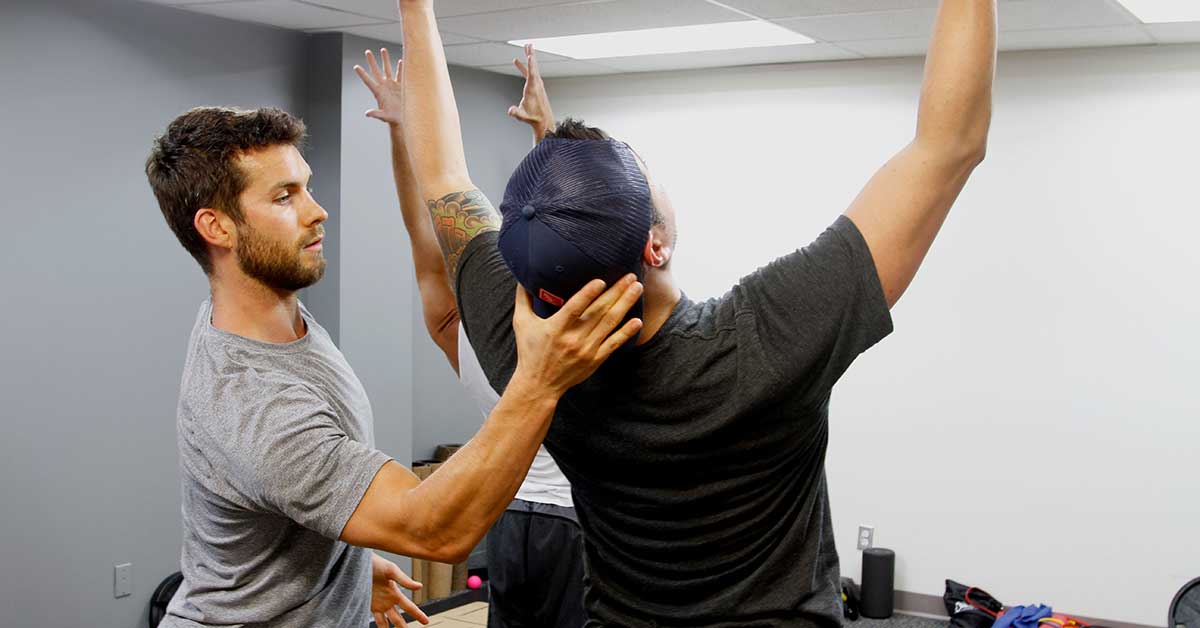
Looking for A Program?
Looking for a program that’ll teach your correct form, deepen your muscle engagement, and help you advance farther in yoga? Then Man Flow Yoga has you covered! Sign-up below to try our 7-Day Challenge!
Signup for the FREE 7-Day Challenge
How to Improve Your Asana & Deepen Your Yoga Practice
- Improve your muscle activation (aka mind-body awareness). Most yogis understand the importance of breathing, but they don’t apply the same awareness to their muscles. It’s important to develop your muscle awareness through the proper isolation exercises (ones that aren’t found in yoga) to make sure you’re using your muscles the way they’re supposed to be used. Having this strength allows you to make the small adjustments in your body that lead to a huge difference in how you experience each yoga posture.
- Understand what muscles to engage. You should understand which muscles are involved in each posture. Most people aren’t using the appropriate muscles, and aside from hindering your performance, it can also lead to injury from poor technique. Almost every yogi has issues with glutes, core, adductors, and scapular strength. Not to mention, many yoga instructors do not understand the proper muscles to engage – partly because they have minimal training, but also because most yoga teacher trainings don’t even cover it.
- Know what you should (and should NOT) be feeling in each posture. More than just getting into the pose, you should understand what you should be feeling in each pose – and also importantly, what you should not be feeling. This includes which muscles should be flexed, which muscles should be extending (feeling a stretch), and knowing what to avoid, such as overstretching in your lower-back, rounding of your shoulders, etc. A good yoga instructor will anticipate and help you avoid common errors.
- Hold the poses for longer. Holding the poses for a longer time gives you more time to focus on the technique. You’re able to notice things you didn’t when you were holding the poses for just a couple of breaths. It also helps you to develop more strength and endurance. More time under tension means more volume, and more volume leads to greater muscular growth as well.
- Understand appropriate modifications – do the pose in a way that works for you (and don’t just copy everyone else). What works for somebody else might not work for you. We all have different levels of strength and flexibility. People who are very flexible can straighten their legs in certain poses, whereas most people should be bending their knees. Understanding the proper modifications and how to apply them to your particular flexibility and mobility levels is important for preventing injury, but it will also help you improve your strength and flexibility more quickly.
- Focus on active mobility, rather than passive flexibility. Passive flexibility is the first step in developing strength, but it does not inevitably lead to increased strength. To do that, you must build strength within your newfound flexibility (active mobility). Movements or stretches that utilize passive flexibility are good for releasing tension in your muscles, which thereby reduces joint pain or discomfort caused by muscle tightness, but it’s kind of like a bandaid in the sense that it doesn’t help you in terms of long-term strength or performance. Active mobility is key when is comes to long-term solutions. It’s the difference between standing on one foot and lifting your non-planted leg as high as you can, versus standing on one foot and using a strap to lift it. One is passive, one is active. Can you guess which?
- Supplement your yoga practice with other types of fitness. To be as strong as you possibly can be, you should be engaging in a variety of fitness disciplines on a regular basis. There’s an ever-increasing population of yoga instructors who have moved on from the yoga guru mentality, and are now lifting weights, doing calisthenics, swimming, running, and in general doing many other types of activities in addition to their yoga practice. At a minimum, you should also be doing pulling exercises to help strengthen your upper-back and shoulders, but there are also some other exercises you should be doing to help take care of your wrists, elbows, ankles, and other areas.

How MFY helps
 The Strength Foundations Course– Learn yoga in an entirely new way. Take it back to the basics to address common errors and common weaknesses of people that do yoga-only programs. Develop proper movement patterns, learn how to use all of the muscles of your body, and then apply that to foundational yoga postures. 30-40 minutes per day, 3-6x per week. (You can alternate these workouts with your yoga studio or yoga workouts.)
The Strength Foundations Course– Learn yoga in an entirely new way. Take it back to the basics to address common errors and common weaknesses of people that do yoga-only programs. Develop proper movement patterns, learn how to use all of the muscles of your body, and then apply that to foundational yoga postures. 30-40 minutes per day, 3-6x per week. (You can alternate these workouts with your yoga studio or yoga workouts.)- Exercises & Tutorials– Learn the pulling exercises you should be doing to complement your yoga-based workouts. Understand the frequency, the reps, and learn the proper technique for these simply, yet effective exercises. No weights required – you can easily use resistance bands or a pull-up bar if you don’t want to go to a gym (or don’t have gym access). This is an exclusive Members’ Area Feature.
- MFY “Paths” – We’ve developed paths at Man Flow Yoga to help you follow a long-term plan focused on your specific goals. The “Deepen Your Practice” Path is appropriate for yogis who are looking to improve their technique, understand the postures in greater depth, and ultimately become stronger with yoga-based programs. These workouts are shorter than your typical 60-minute yoga flows, but are predictably more effective.
Additional Resources
About the author, Dean Pohlman, Founder & CEO of Man Flow Yoga, Author of Yoga Fitness for Men, Expert on Yoga Fitness for Men.
Looking for non-spiritual, yoga for men workouts?
Learn More About Man Flow Yoga and how it can help you with your fitness goals:
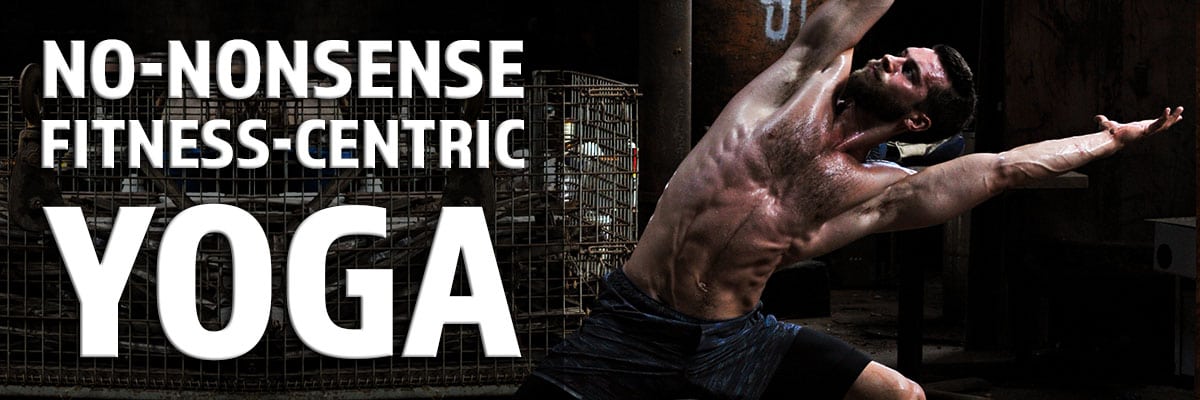 Join Today for Instant Access!
Join Today for Instant Access!
